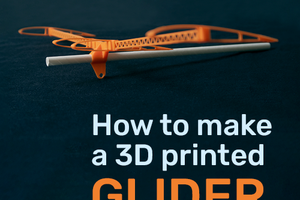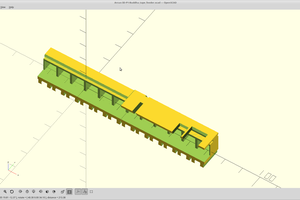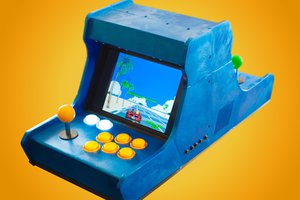Right now there are three main designs as part of this project. The basic PantoProbe which has a 3x precision multiplier. The basic probe is somewhat complicated to assemble because it require you to cut some brass tubing, and drive some pins in order to make very stable smooth joints. So I also designed a version of the probe that uses the flexibility of the 3D printed material to form the "joints". I call that the PantoFlex, and it is WAY simpler to build, but isn't as good in terms of strength/compactness/range of motion. It has a 4x precision multiplier.
The final thing I made is a Pick and Place rig with an extra rotational degree of freedom so you can pick up/spin and place parts quickly and super accurately.
 kurt-schaefer
kurt-schaefer
 Francesco
Francesco
 marcs
marcs
 Daren Schwenke
Daren Schwenke
 loren
loren